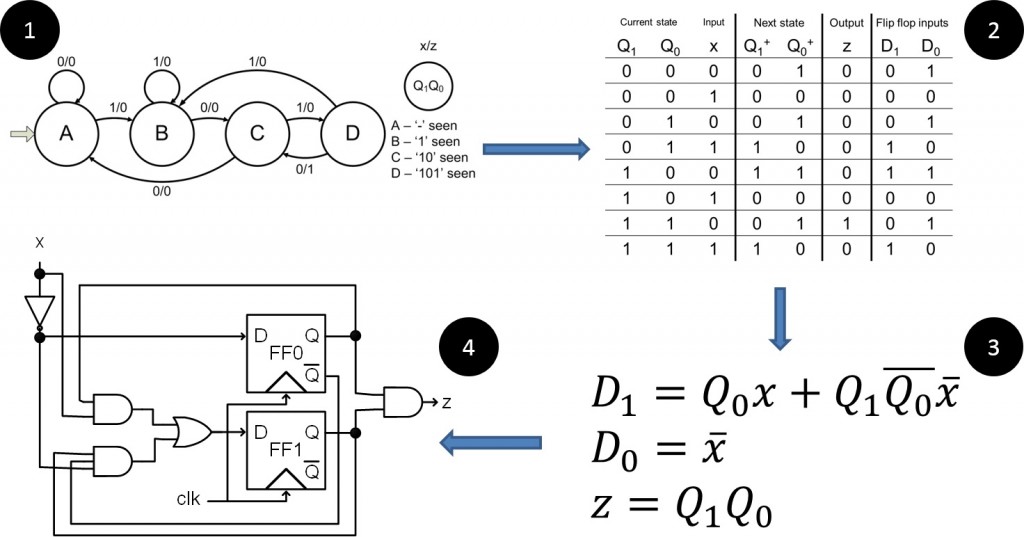Project Overview
The ability to communicate through graphical means such as sketching is central to engineering education and practice, yet little is known about how, why, and when students use engineering sketches or how they learn to use them. Through this project, we will study students’ representational fluency by exploring the similarities and distinctions between experts and novices in their use and production of engineering sketches during problem solving. We will study sketching in two domains: digital logic and trusses. These domains use complementary styles of sketches as digital logic sketches are visually distinct from real-world implementations, and trusses are rely on facsimiles of real-world objects. The use of complementary domains will provide richer observations that can inform the future development of theory and pedagogical tools.
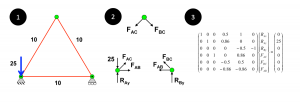 We are currently conducting think-aloud interviews with both content experts and novices as they solve engineering problems. We are capturing these interviews by having interviewees sketch on tablets and recording their interactions with the screen. The long-term goal of the project is to collect real-time sketching data that can we can datamine to provide deeper insights into how novices and experts produce and use engineering sketches.
We are currently conducting think-aloud interviews with both content experts and novices as they solve engineering problems. We are capturing these interviews by having interviewees sketch on tablets and recording their interactions with the screen. The long-term goal of the project is to collect real-time sketching data that can we can datamine to provide deeper insights into how novices and experts produce and use engineering sketches.
Investigation Team
PI: Geoffrey Herman (Illinois Foundry for Innovation in Engineering Education
Co-PI: Joshua Peschel (Civil and Environmental Engineering)
Grad Students: Nicole Johnson (Materials Science and Engineering)
Brian Faulkner (Electrical and Computer Engineering)
NSF Proposal text
NSF funded project – Grant number: DUE 1429348
Intellectual Merit: The intellectual merit of this project is established by its basis on a rich tradition in the study of expert-novice differences. This project is particularly informed by prior research on how novices and experts comprehend and use static images in their reasoning. We will expand on this research, filling a gap in our understanding, by studying how novices and experts produce and respond to their own sketches.
Additionally, we are building on existing techniques for digital sketch recognition. We are extending the usefulness of these techniques through established methods from educational data
mining. By aligning educational data mining with qualitative analysis of sketching in a new form of mixed methods, we are advancing the state of the art in educational research methods.
Broader Impact: The broader impacts of this project will be seen through three different facets. First, our project will provide new avenues for richer credentialing in engineering education.
Sketching (or graphical communication) is a core component of the most engineering analysis and design processes, but there are not established, validated, and/or efficient methods for assessment
for learners. Our project will provide the first research-based steps for achieving these methods. Second, this project will enhance and maximize the effectiveness of pedagogies and their tools. Connecting data mining with research on expert-novice differences will provide new avenues for providing automated feedback to instructors and students on the quality of student learning. Third, our project will produce a large database of sketching, simultaneously building a developer/user community that can use that database. Our research will directly impact the research careers and tool development of our colleagues.
Projects
Innovation in Engineering and STEM Education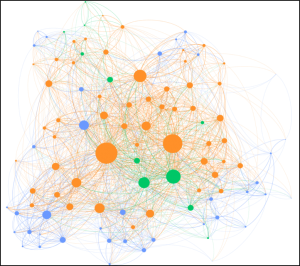 |
How Students Learn Engineering and Computer Science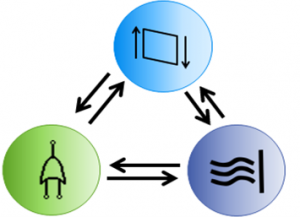 |
Designing Educational Assessment Tools |
Intrinsic Motivation Course Conversions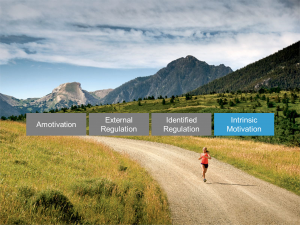 |
